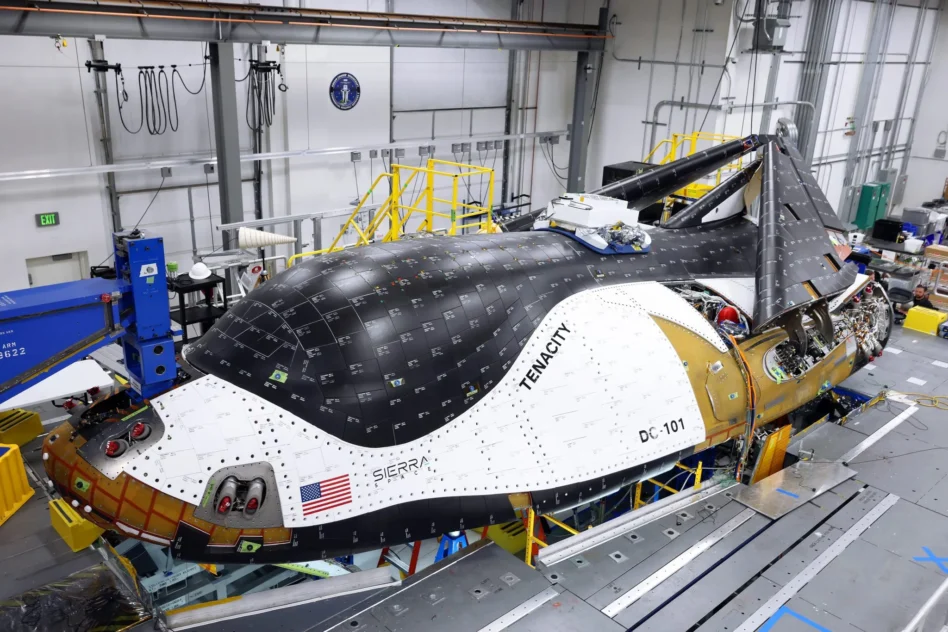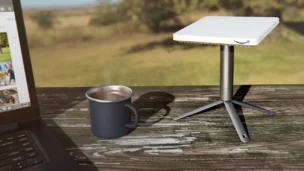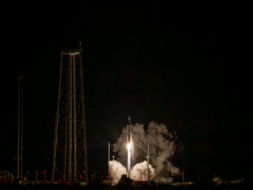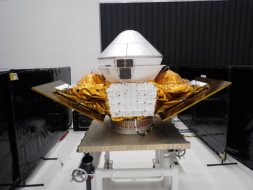Sierra Space, the company behind the Dream Chaser commercial spaceplane, is partnering with Honda to fly the automaker’s renewable energy system to the ISS.
Honda will put its decades of work on hydrogen fuel cell technologies to the test in orbit. Its electrolysis system is a vital component in the company’s circulative renewable energy system, which aims to help future astronauts extend their stays on the lunar surface using the main resources available on our rocky neighbor: sunlight and water.
How it works: The renewable energy system consists of two main components.
- The high-differential pressure water electrolysis system, which splits water into hydrogen and oxygen.
- A fuel cell stack that generates electricity from hydrogen and oxygen, while discharging excess water.
The system will create air, electricity, and fuel needed for astronauts to breathe, move around, stay warm, and eventually return to Earth.
First steps: Honda’s ISS demo will, hopefully, prove its electrolysis system can perform in microgravity. While the system is focused on helping astronauts survive in space for extended periods, the company also envisions future applications to support renewable energy storage and utilization on Earth.
Honda selected Dream Chaser for the mission because it offers payloads a gentle ride back to Earth at less than 1.5g of force.
What’s next: Honda’s demo launch date is TBD. However, Dream Chaser’s first plane, Tenacity, could launch to the ISS aboard a ULA Vulcan rocket as early as next month. The plane is expected to fly at least seven missions to the ISS in its lifetime.




